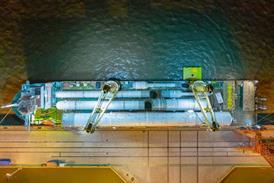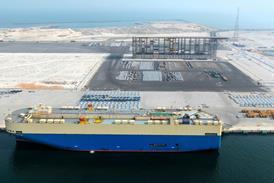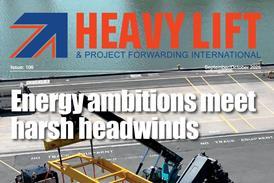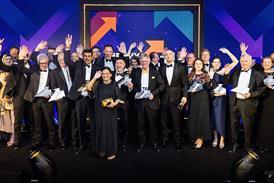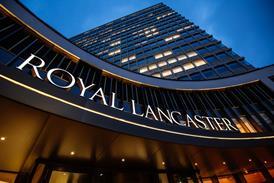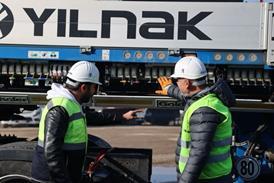New analysis from the Global Maritime Forum shows that ammonia-fuelled bulk carriers could feasibly be deployed on the South Africa-Europe iron ore trade route as soon as 2029 and scale toward full decarbonisation by 2035.
For the heavy lift and multipurpose sector—operating primarily on a tramp and semi-liner basis—the route to zero emissions is less straightforward. Senior executives have long maintained that the sector will follow, rather than lead, in the adoption of new and alternative fuels.
The feasibility study, produced in collaboration with Anglo American, CMB.TECH, Freeport Saldanha, VUKA Marine and Engie, said the corridor linking Saldanha Bay in the Western Cape to Rotterdam in the Netherlands would be one of the first global south-to-north green shipping routes.
Saldanha Bay, home to South Africa’s primary iron-ore export terminal, is already planning the development of ammonia production, alongside port upgrades to handle bunkering operations.
“This phased approach gives shipowners and fuel producers a clear timeline to work toward, and we now need coordinated action from policymakers and industry to make this a reality by 2029,” said Shanon Neumann, associate: investment facilitation at Freeport Saldanha. “However, to help Saldanha Bay transition quickly, blending public and private funding can unlock investment in infrastructure and reduce the risks of early projects.”
The World Bank and World Economic Forum have both previously identified South Africa as a prospective key player as an alternative fuel bunkering hub. Announced green hydrogen projects near the ports of Boegoebaai, Saldanha, and Namibia’s Walvis Bay could meet the corridor’s fuel needs, including its high-demand scenario of 22 bulk carriers per annum by 2035.
The possibility of such strong demand levels could mean a stronger business case for green hydrogen producers looking to secure enough offtake volumes to finalise investment decisions and accelerate new projects.
Regional and global regulations could materially improve the business case for the corridor. Europe’s FuelEU Maritime greenhouse-gas intensity targets and Emissions Trading System levy – the latter to be fully phased in by 2026 – narrow the cost gap between green ammonia and conventional fuels by more than 60 percent in modelled scenarios.
The Global Maritime Forum study provides a roadmap to making the corridor operational by 2029, including creating an enabling contracting environment to optimally and fairly allocate risks and rewards across the value chain. Another key task is to raise awareness of the corridor opportunity and the need for an enabling policy environment.


